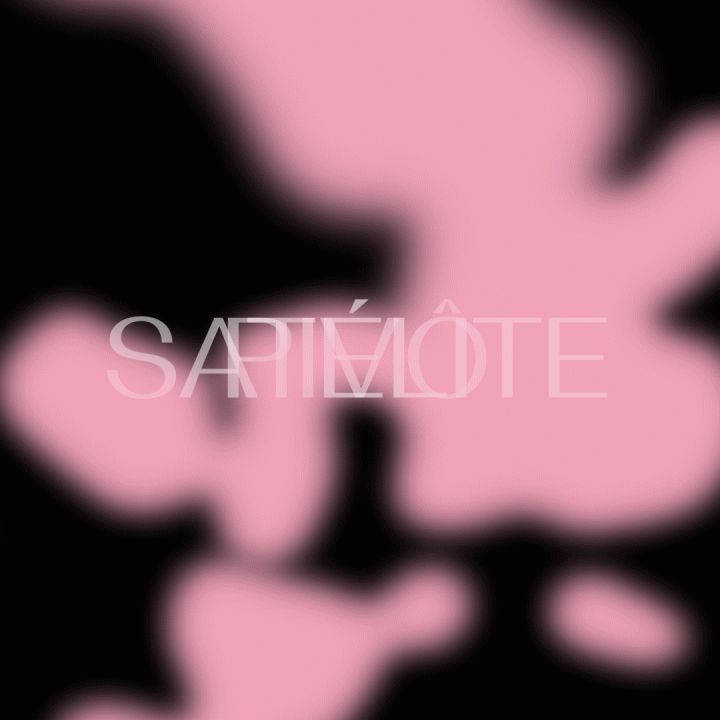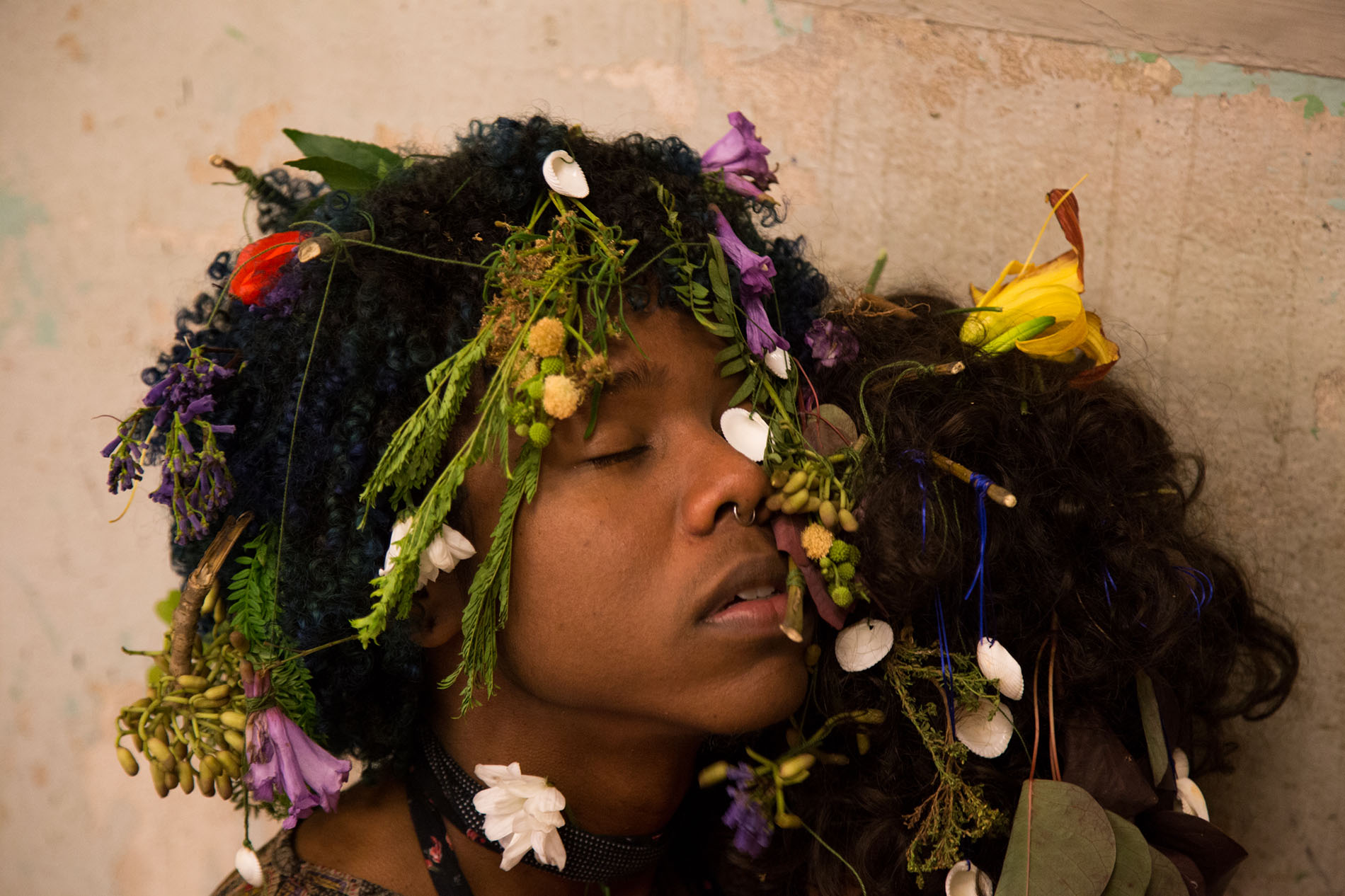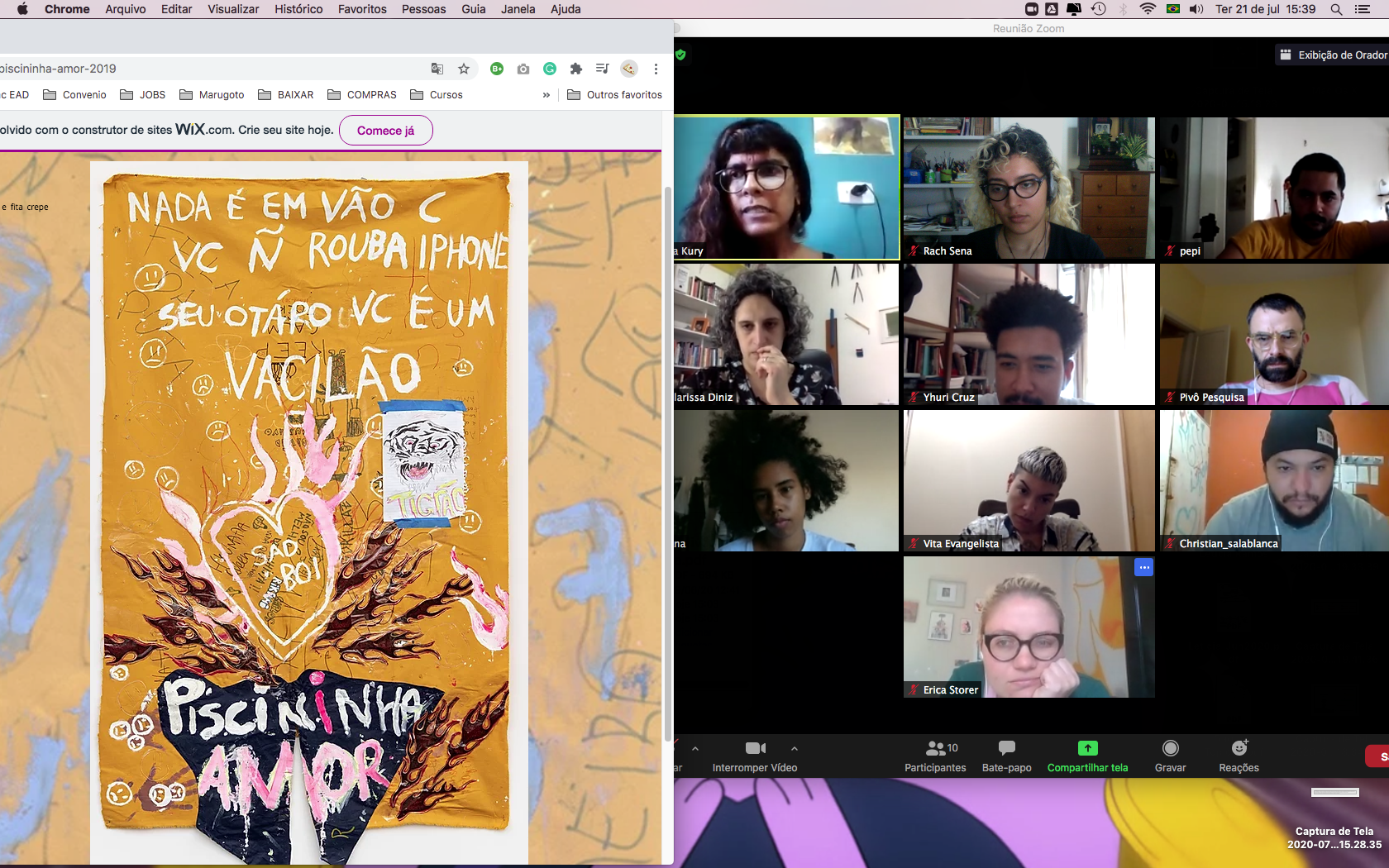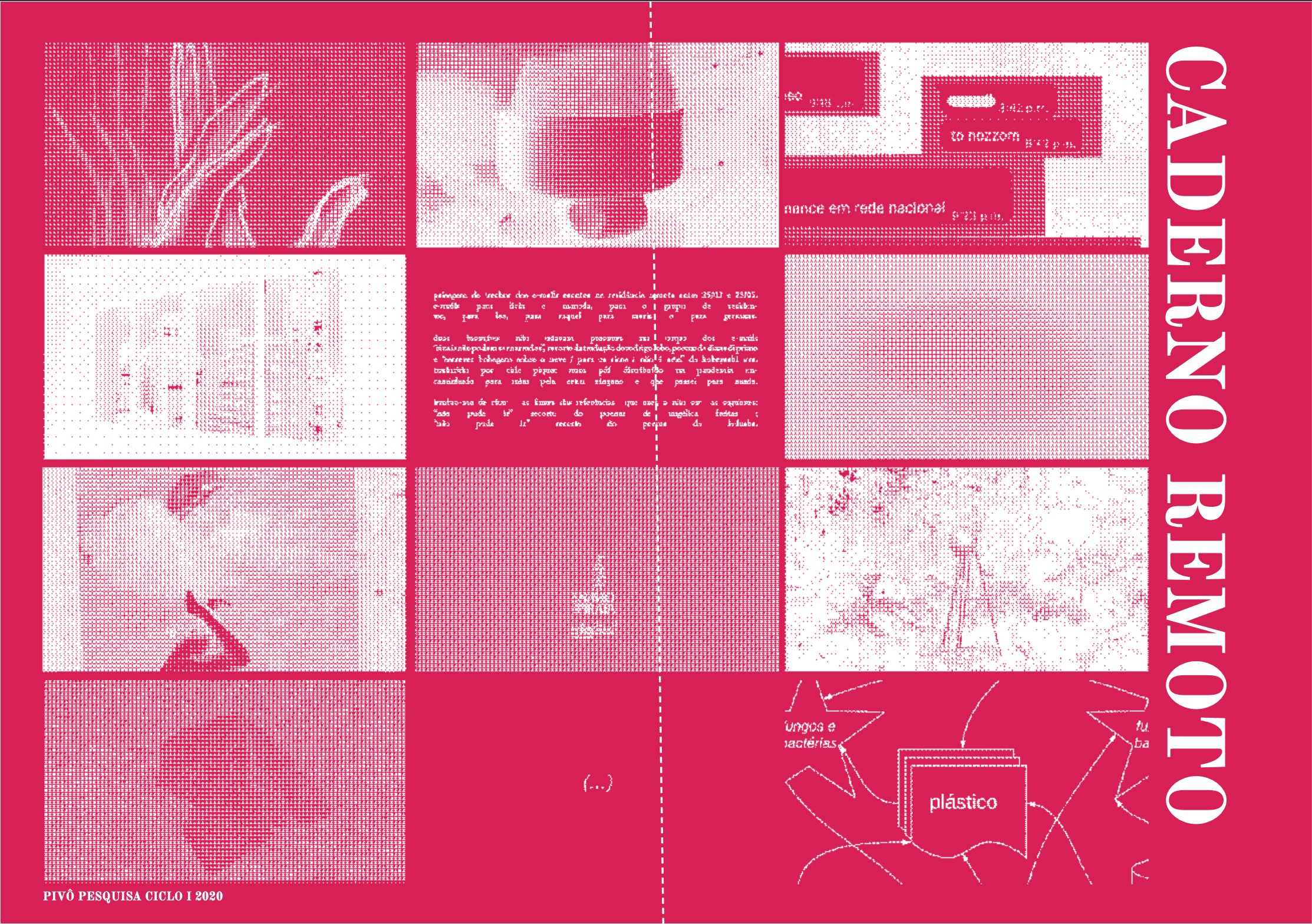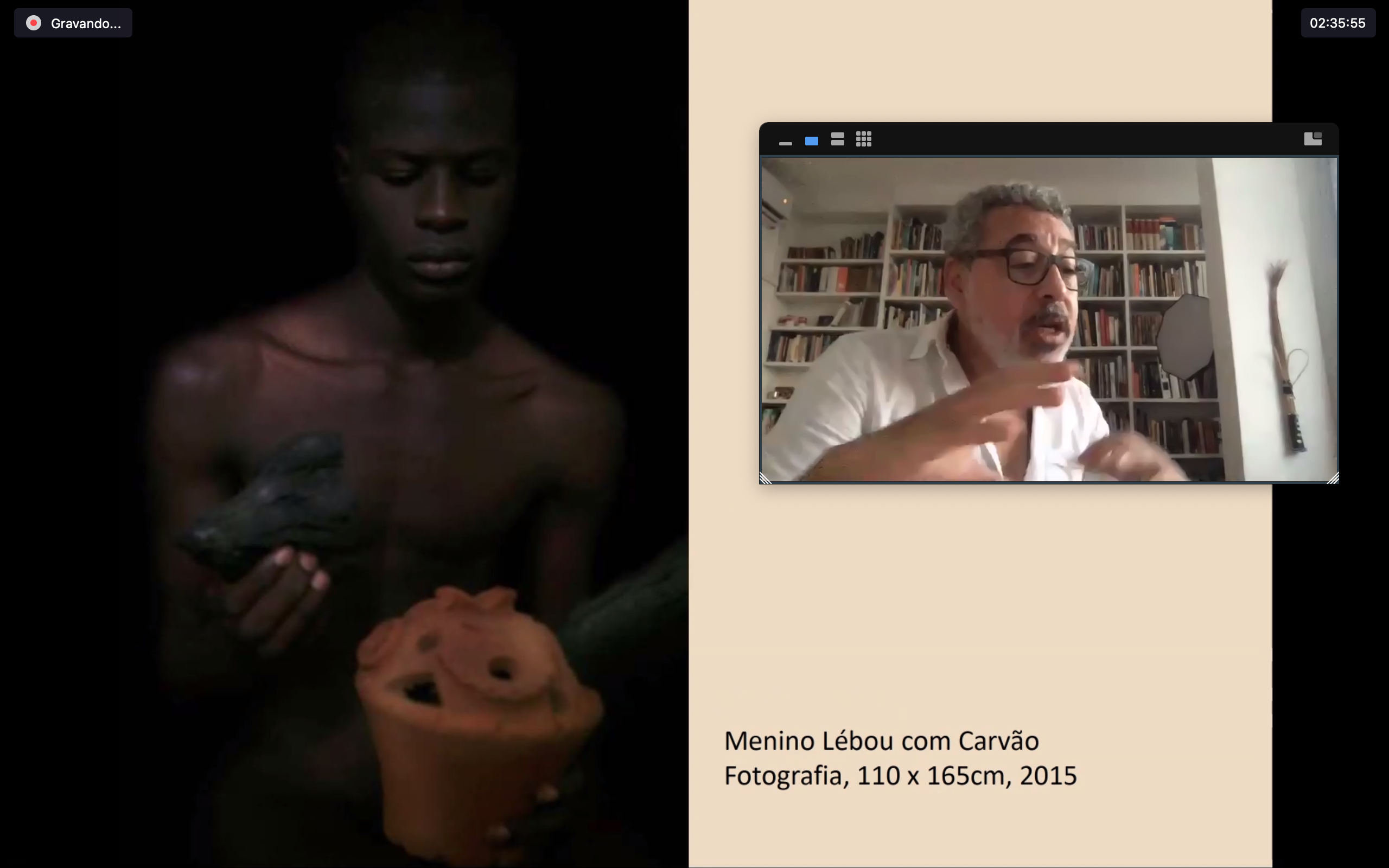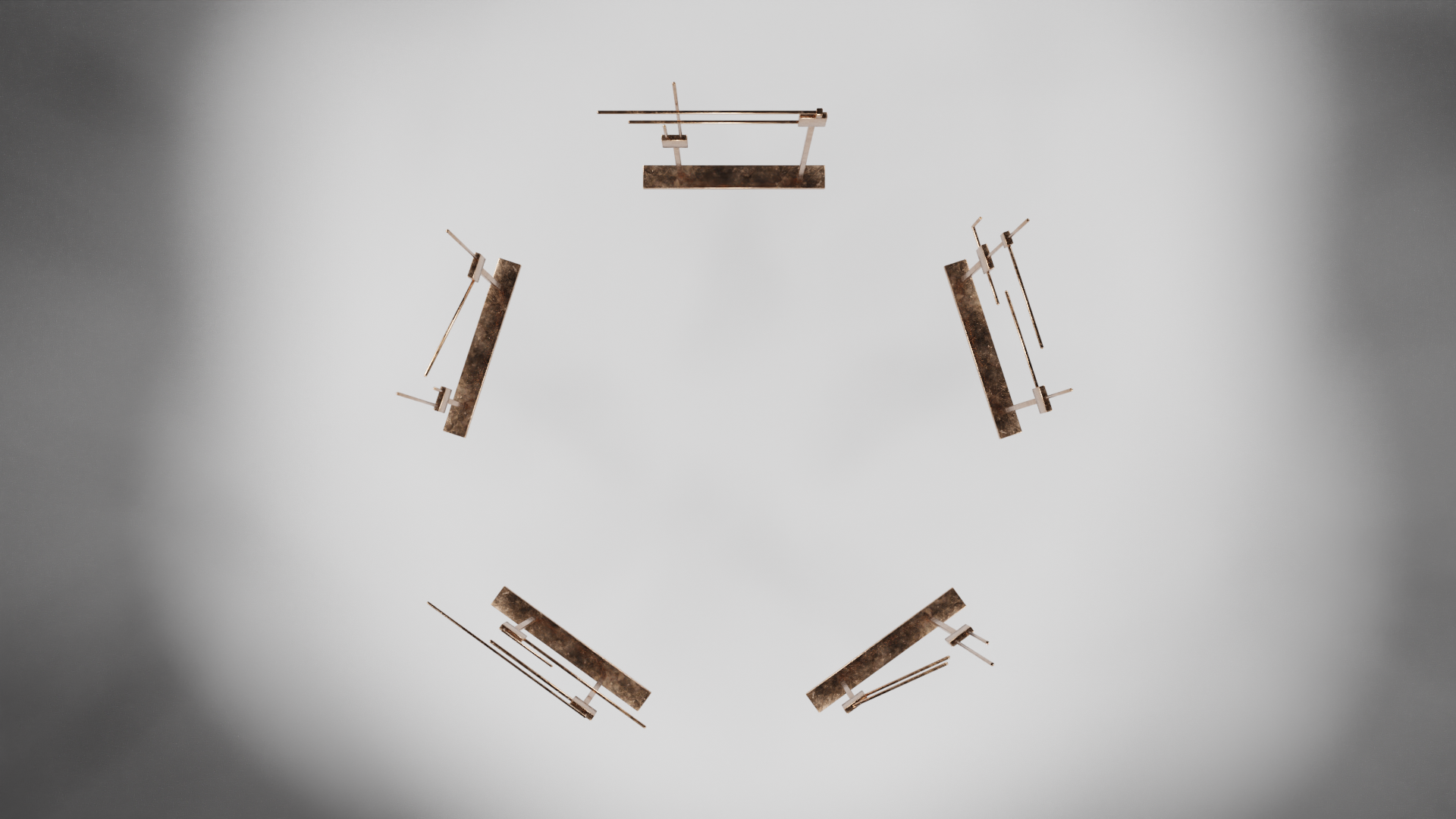

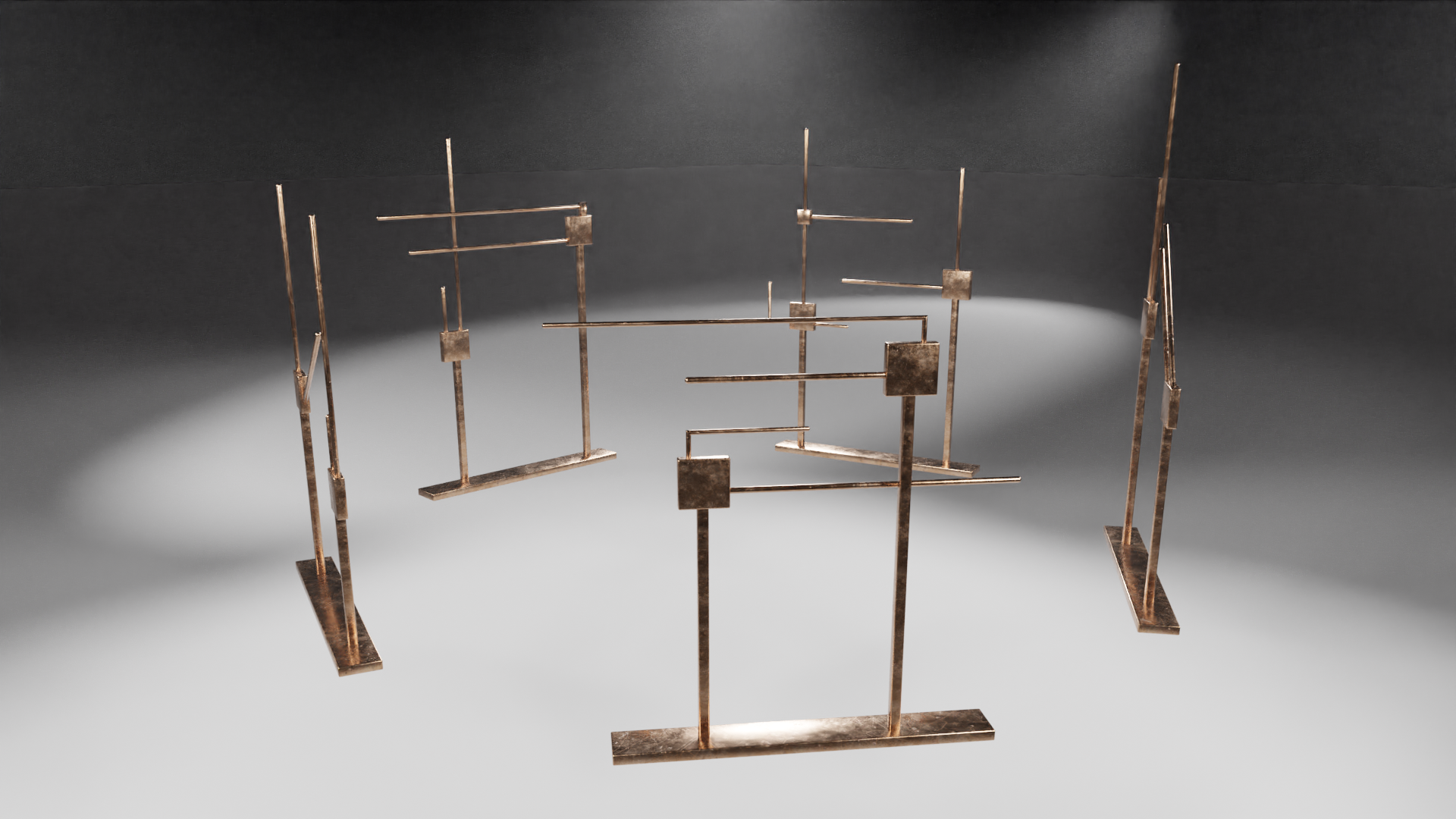
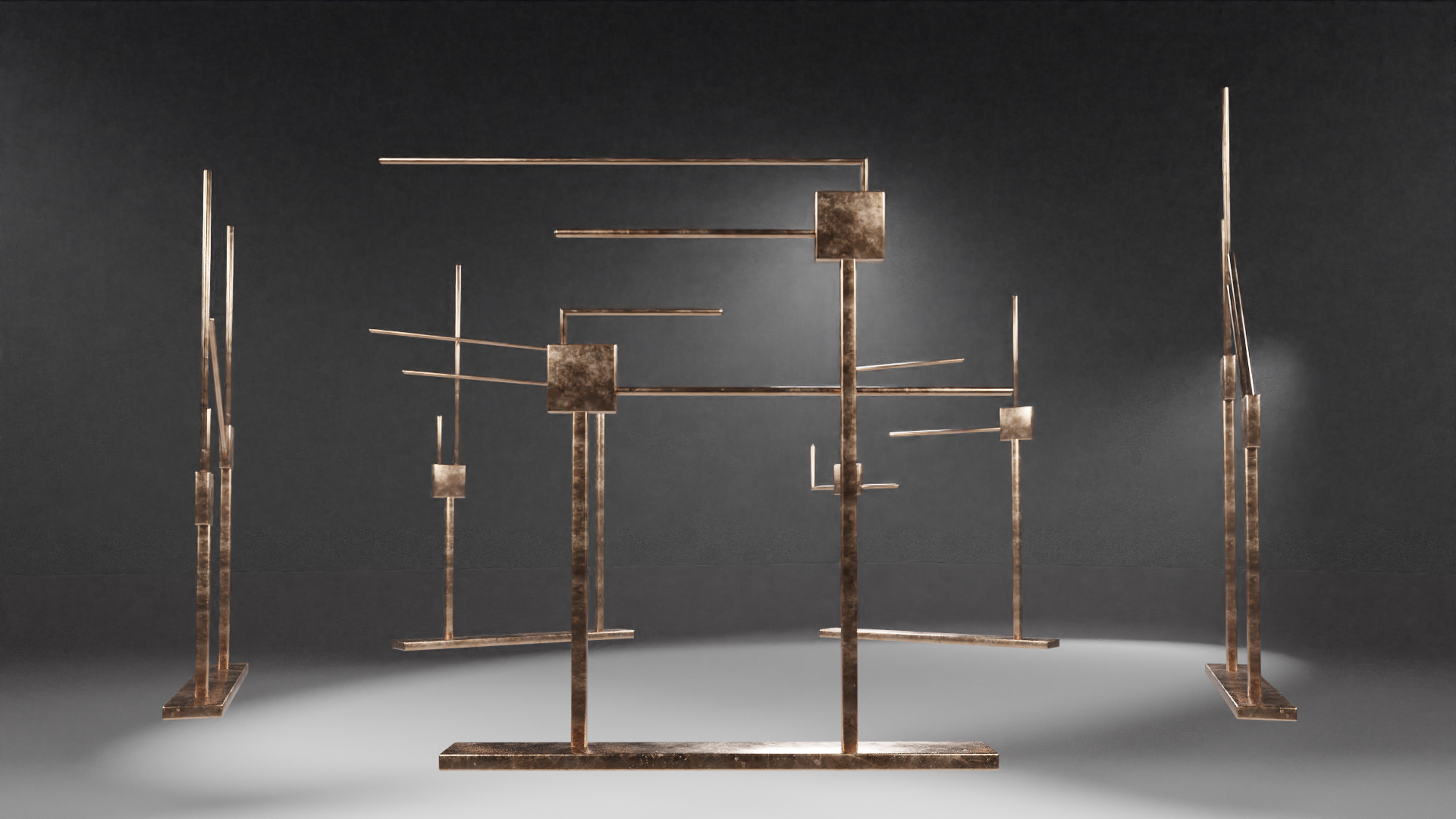
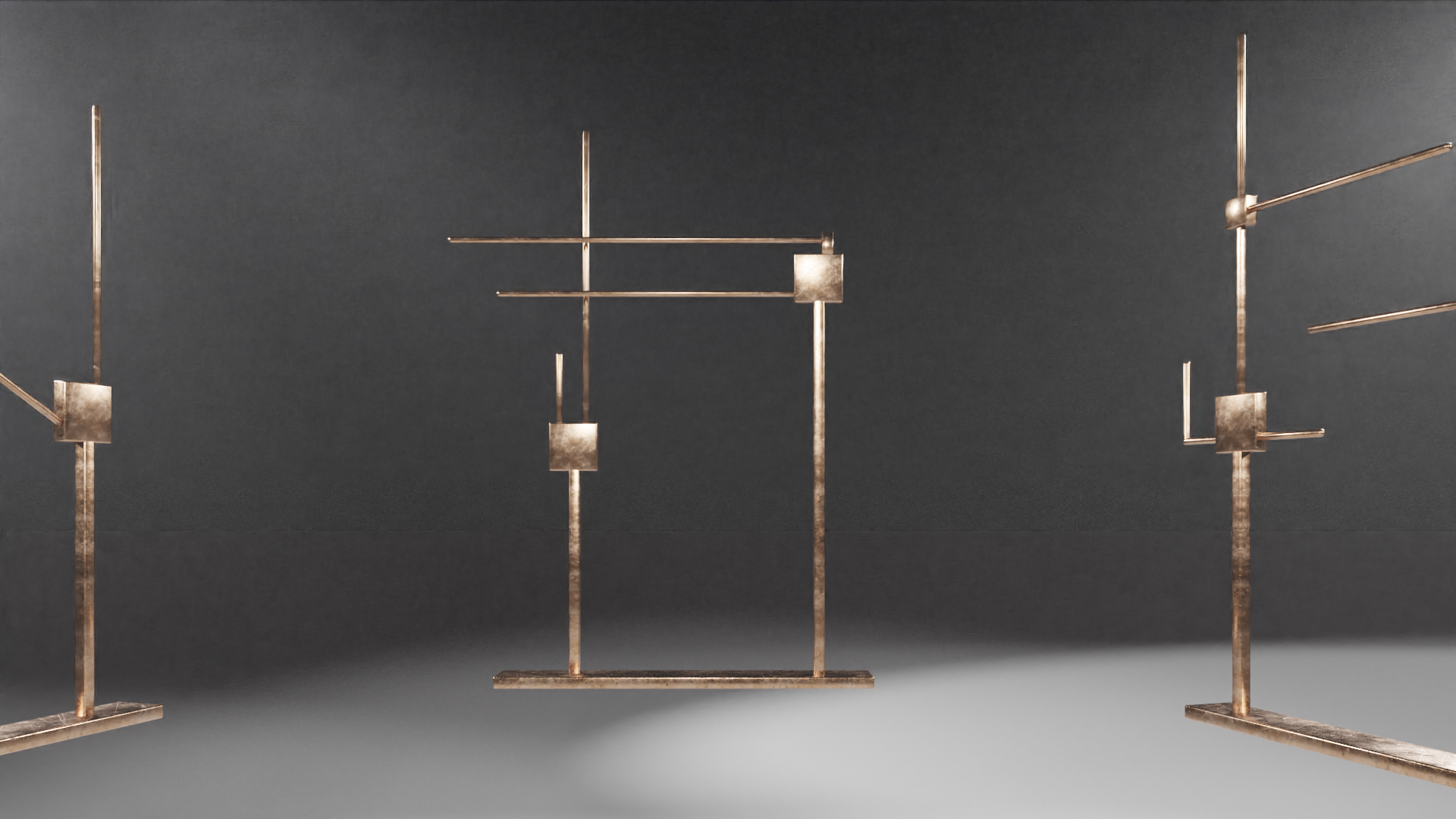
In this era of energetic confusion aggravated by an unprecedented health crisis and a grim political landscape, we must mobilize all efforts towards resisting the “toxic atmospheric discharges” that are released every day. In this sense, we could consider Rebeca Carapiá’s Lightning Rods for Confusing Energies as both an artwork and a device providing spiritual protection and connection, or as a tool able to mobilize an ancestral lineage that also speaks to the future. The lightning rods are the result of bodies of knowledge and processes of making that oscillate in the continual spiral of time. The work that launches the digital platform Pivô Satellite, as part of the program The Days Before the Crash, curated by Diane Lima, came to the artist in a dream, which described the exact way in which they should be built. “My departure point is always the performance, the ‘being by becoming’ of ‘things’ instead of their explanation”, says the artist. “The lightning rods came to me in a dream, where they already were what they are, in terms of form, title, arrangement and everything else. This is why I say they already knew what they were”. In this interview, Rebeca Carapiá teaches us that, first and foremost, her work cannot be accessed without letting go of the dominant reference points of whiteness.
Leo Felipe: The philosopher Boris Groys argues that a great part of what we experience today as science is, in fact, an archaic myth. Since it is not understood, science is perceived as magic. Your new work seems to be proposing something similar: a type of ancestral belief that is at the same time technological. What kinds of technologies are you interested in?
Rebeca Carapiá: The ancestral technologies to which I am connected do not belong to an unnamed, invisible, irrational, inexplicable place nor are they exclusively connected to the past. All you need to do is look at the structures in which we are inserted to realize the extent to which our discoveries and knowledge became incomprehensible as a result of the white-centric framework of invisibilization. The idea of science, magic and technology within this framework undermines the ancestral and the spiritual realms by framing them as narcissistic and self-centred white narratives.
Lightning Rods for Confusing Energies, as well as my research How to Put Air into Words, proposes a relationship that includes codes, tongues and languages that speak without explaining. A cosmology that materializes in sculptures and words full of air that perform a “being by becoming”. I believe that the creation of tools, experiments and materialities can help us produce a non-linear displacement from where we are able to see, understand and perceive these bodies of knowledge and processes of making. These are the technologies I am concerned with.
When I imagine five objects that conduct and dissipate confusing energies on earth, designed to be installed on the top of our heads, I am saying that we can, by drawing on this fictional imagery, connect ourselves and find solutions to overcome these turbulent days. And this has nothing to do with redemption, it is rather about connection and time. To find a way of bypassing the perceived impossibility of moving between different geographies, vulnerabilities and emotional pressures. In the manual, I describe the activation of the lightning rods. “To start the connection, rub your hands together and use your mouth to blow warm air to the top of each lightning rod”. This is an activation that takes place in the “invisible” but is only possible in the “presence”. And this is the next step in this work, an installation that is materialized in the space and in the “presence”, as soon as it is possible.
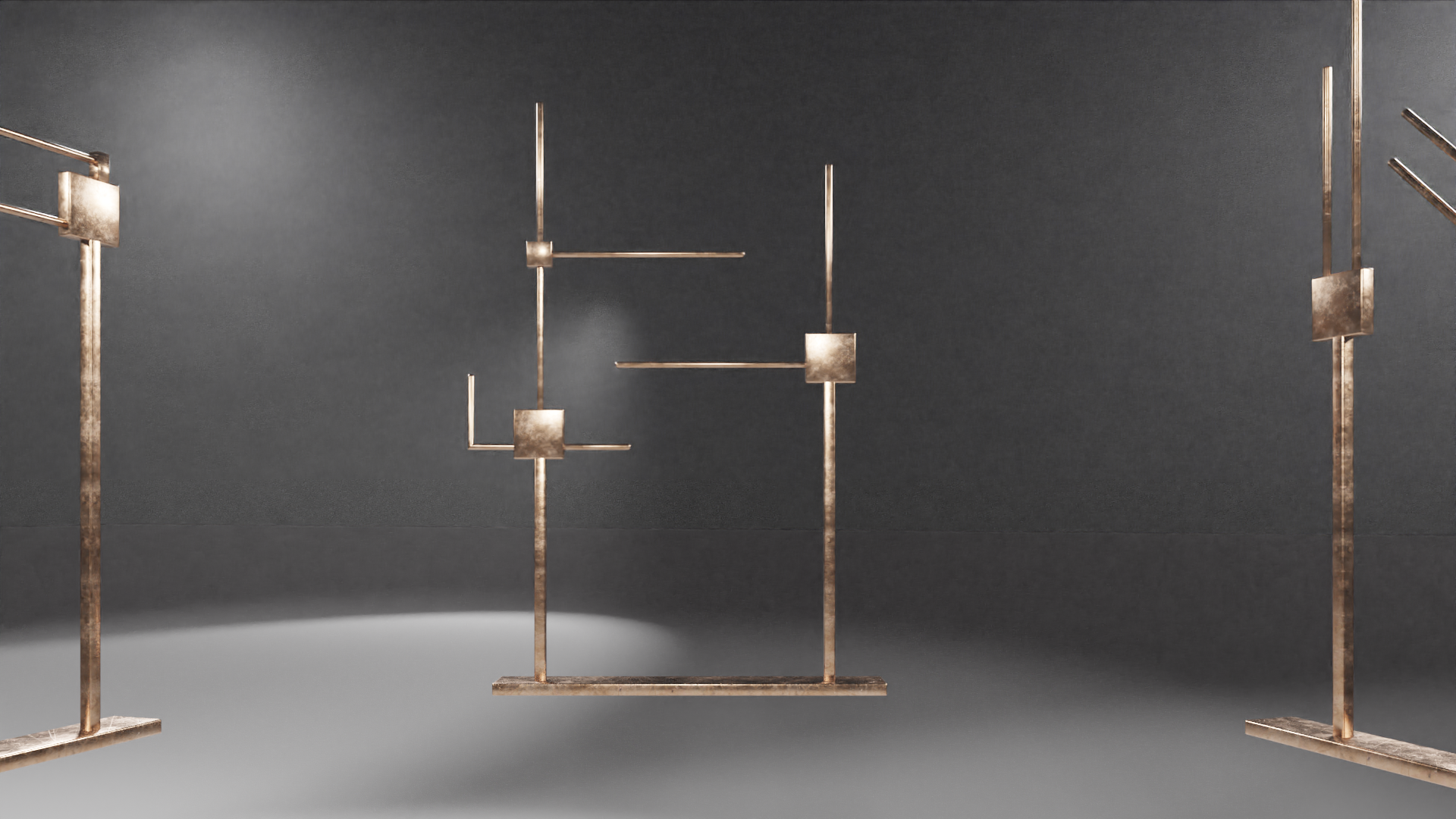
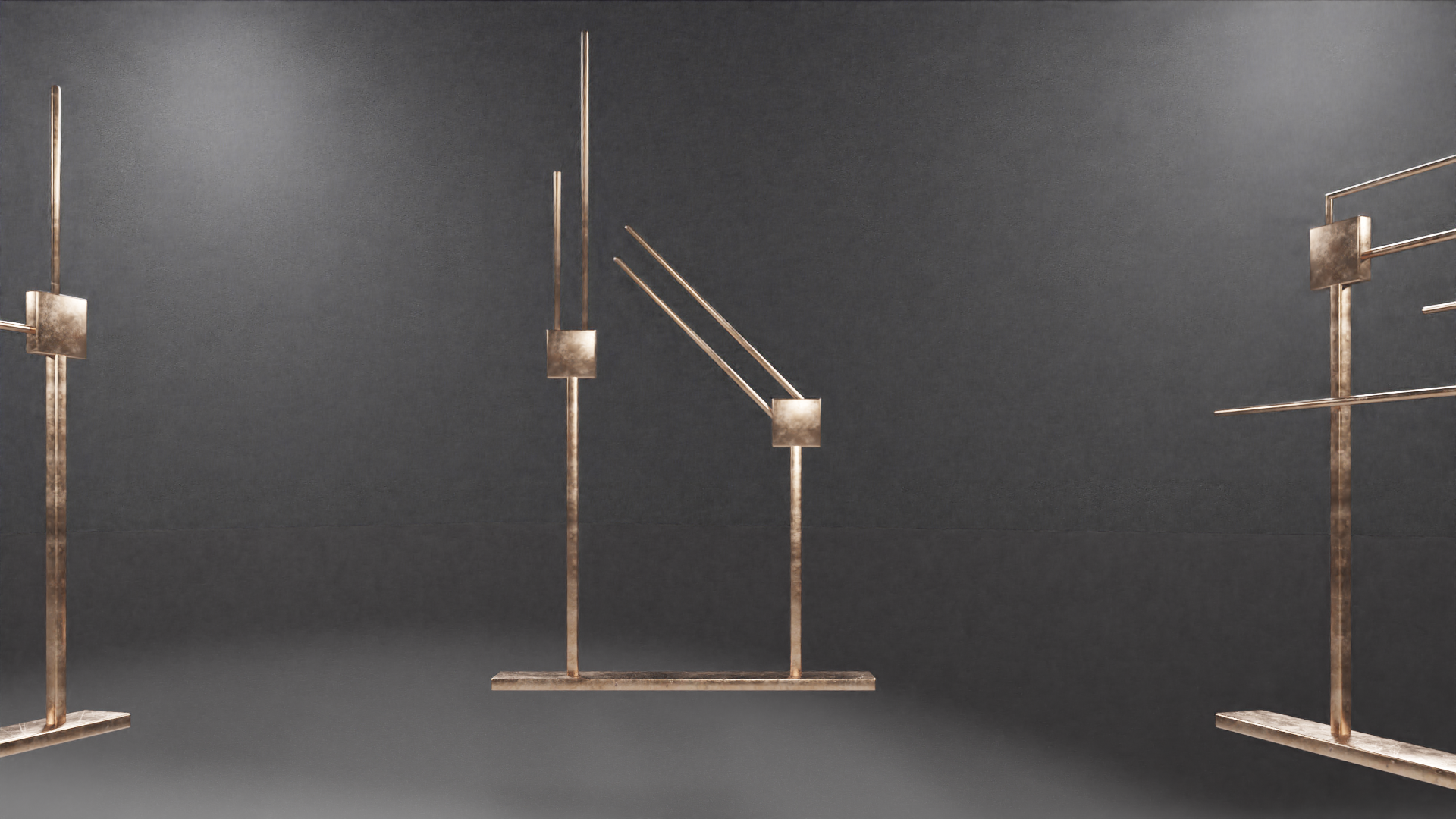
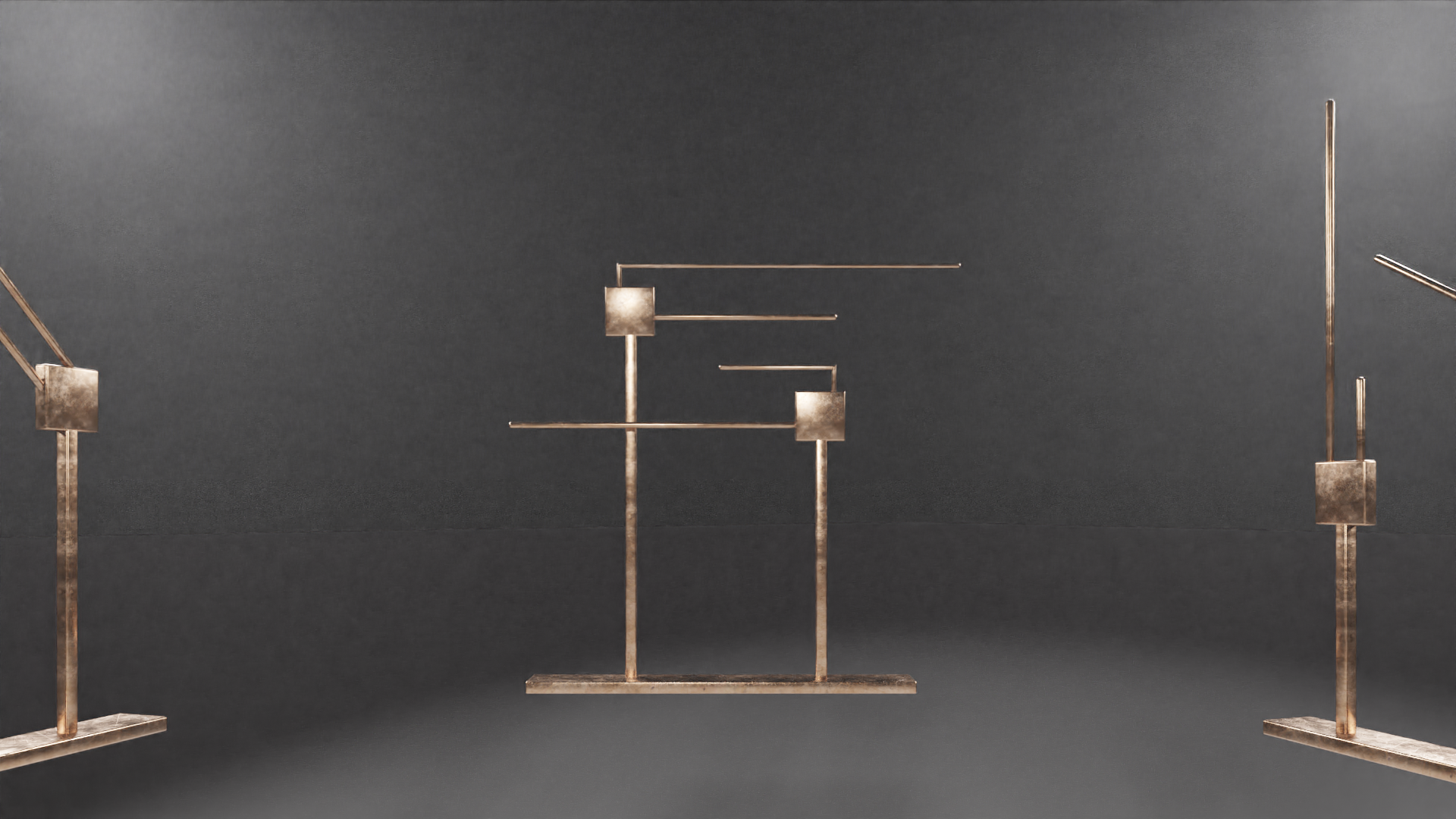
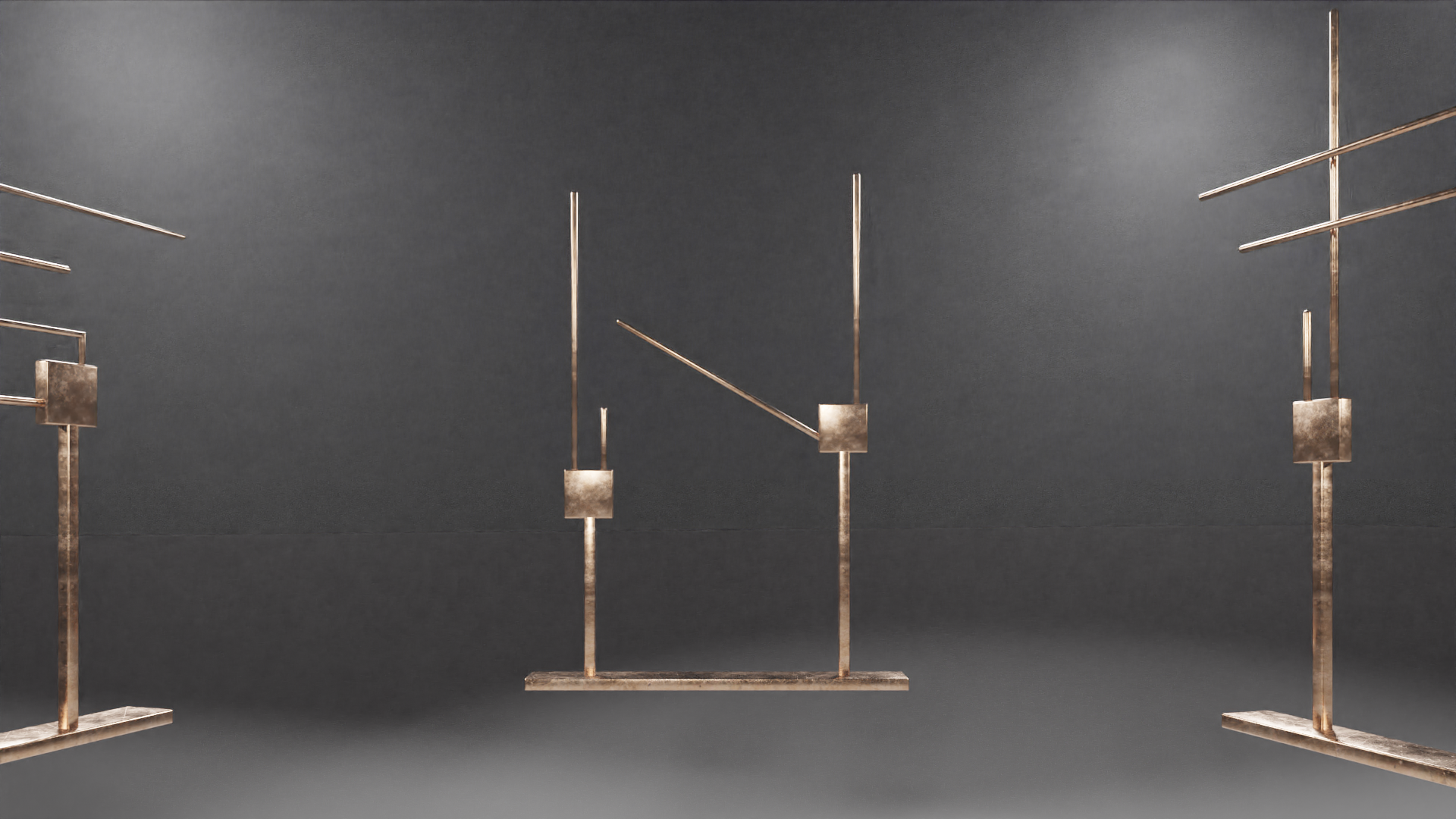
LF: As a sculptor, how do you articulate the tension between the material and the virtual? What are the problems and procedures when it comes to the transformation of atoms into pixels?
RC: By designing the lightning rods in dialogue with the digital, I have tried to challenge precisely the boundary between the refusal to produce it in its material dimension (outside the virtual) and the process itself, which becomes artwork and object. In line with my answer to the previous question, I reflect on the ancestral legacy involved in the production of sculpture in all its processes, showing respect for the metal and its outcomes in terms of connection, praying potential, density, power, protest potentiality and fire.
Perhaps this has been the greatest challenge when putting Lightning Rods for Confusing Energies out in the world. I feel that its need to make itself visible led me to expand it. In a way, wouldn’t this proposed analogy between atom and pixel be too superficial to imagine a group of sculptures that have appeared in a dream and already knew what they were through performance? The Lightning Rods take place between the visible and the invisible, within that which can be touched and also within that which cannot be seen. Here, I am contemplating both incorporated knowledge and ancestral technologies in order to understand that contemporary and racialized bodies like mine are the ones leading the now, to make sure that we do not forget the past and that we own the making of the future. It is in making these technologies that we update and produce our existence, handling all the available tools to say without explaining.
Since I am proposing the existence of “in-between things”, which encompass many different layers, I could not create a smooth linear surface showing only the tensions that surround the material and the virtual. Perhaps this relationship draws on what we can think of as different presences in the space. This is what I am trying to understand this work. As expanded sculpture, the only way it could keep on speaking as if it was ready to inhabit this space. It would not have been possible in any other way.
As for the other presences in the work, they are accessible for those that elaborate on and believe in the invisible, as written in the Installation Manual: Lightning Rods for Confusing Energies.
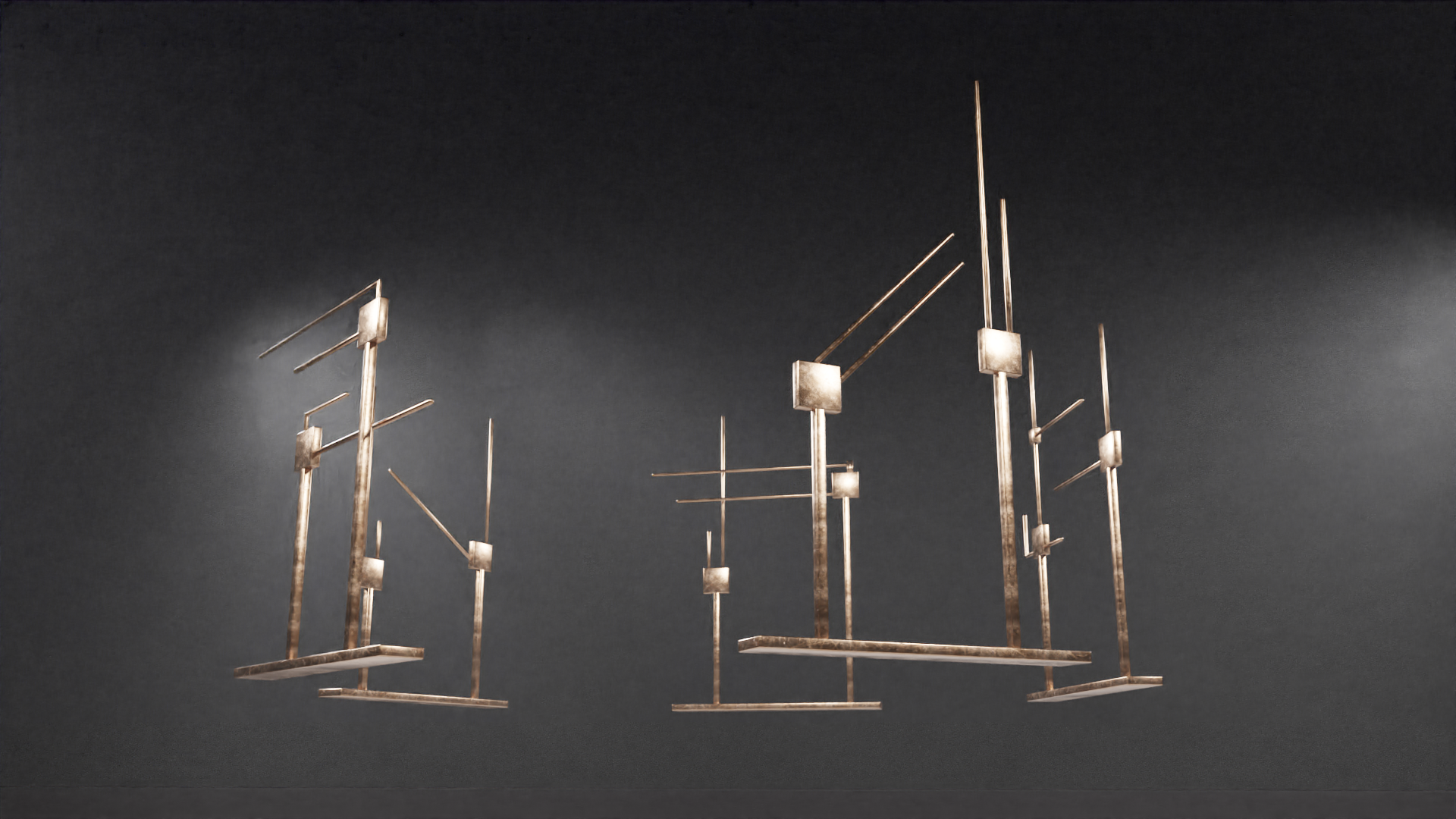

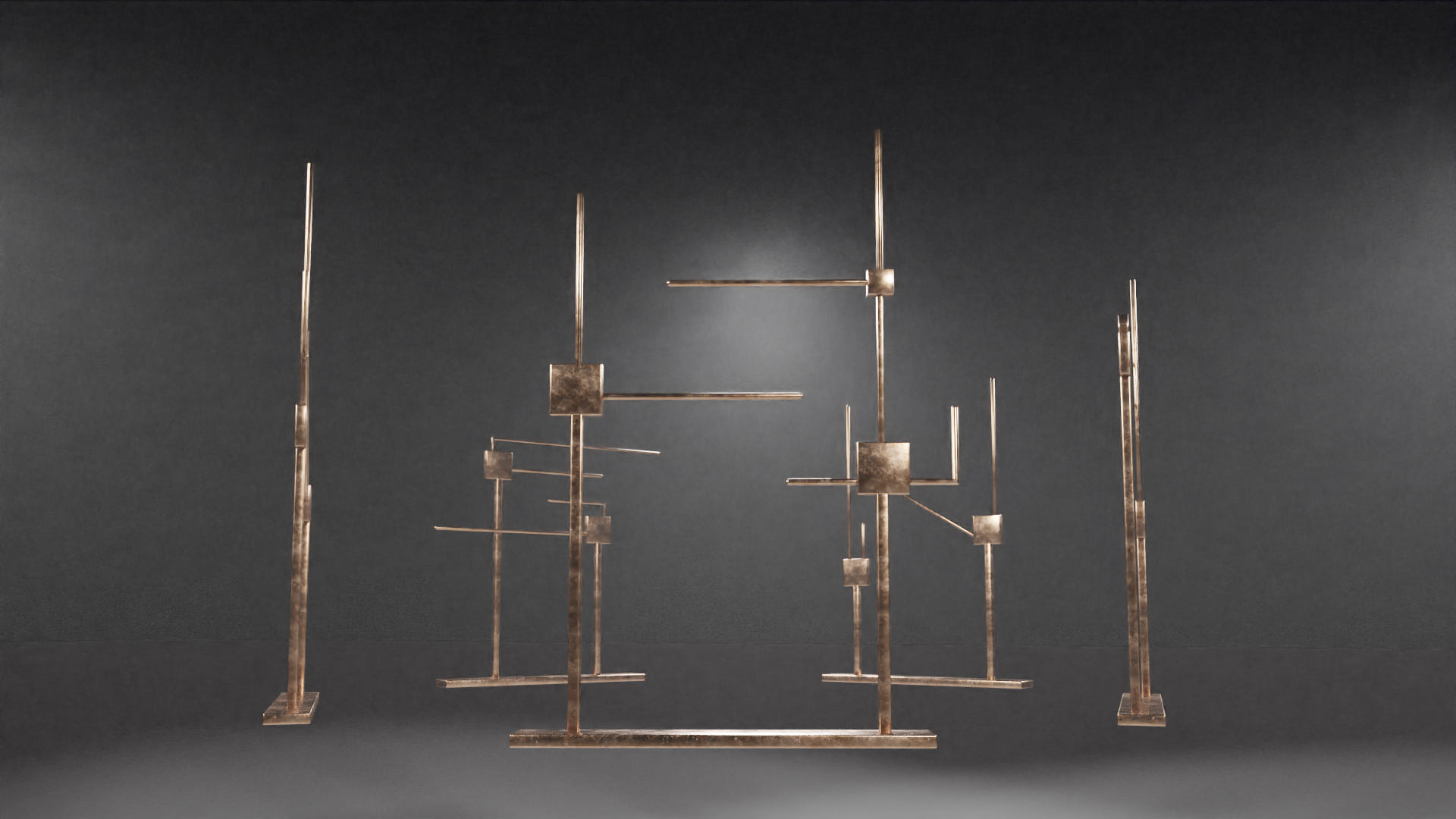
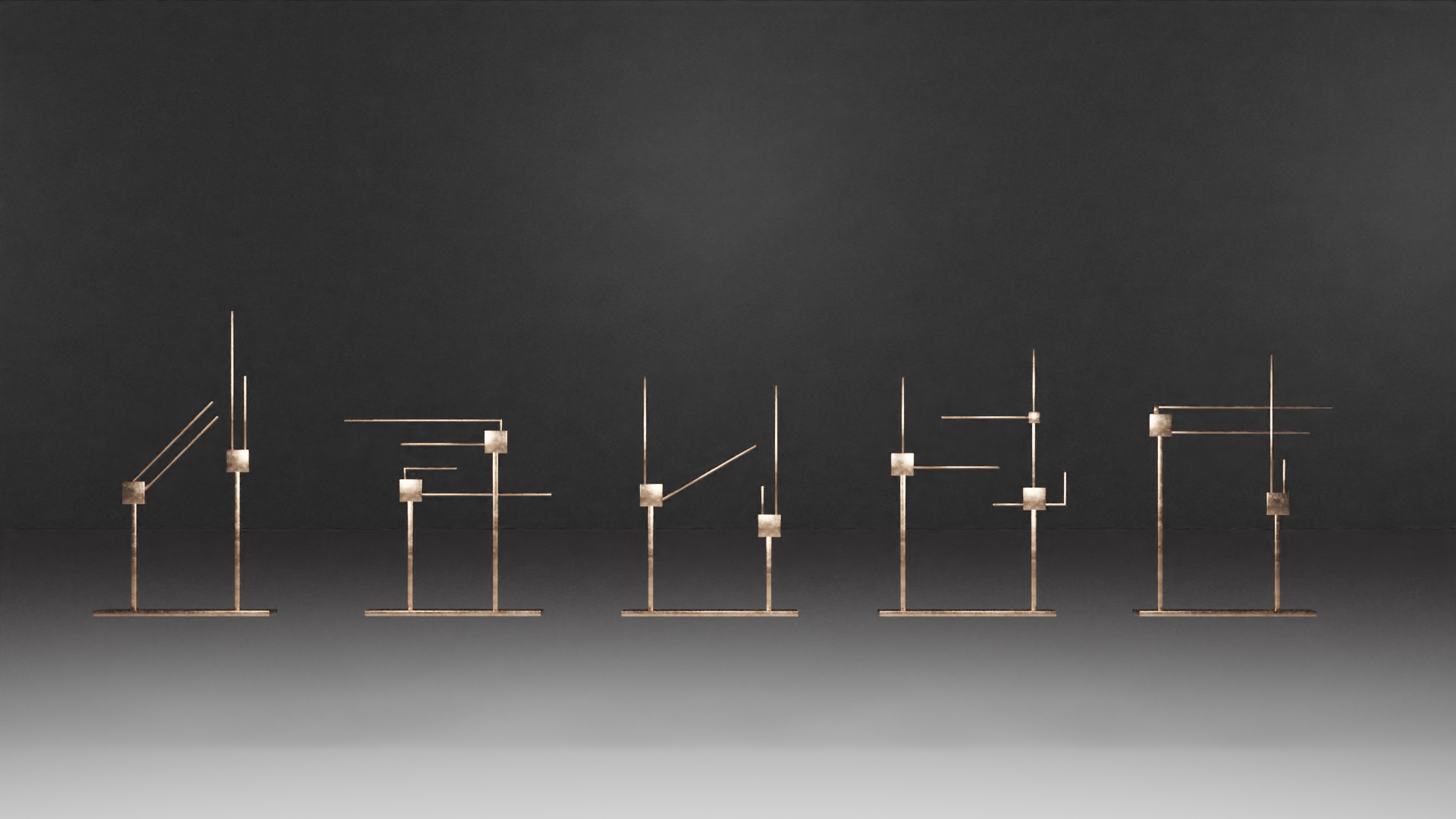
LF: The installation manual that accompanies the lightning rods is a brief literary piece written in both an affectionate and ironic tone. To what extent can/must humour be mobilized in the anti-racist struggle?
RC: I learnt at home and in the Salvador neighbourhood of Bairro do Uruguai that a lopsided smile can mean many different things. Besides, I have recently heard from biaritzzzzz, who is also participating in this exhibition, that irony should be taken very seriously. I have learnt to say many things with a smile that hides the taste of crying in my mouth. Irony has always been with me and it is how we circumvent things where I come from. I see this tone as a peripheral tongue and language, which has prevented us from drowning on flood days.
I would not be able to say what kind of “things” are needed for an anti-racist struggle because I think it depends on the desire and need of those who are fighting. And since we are talking about anti-racism, the choice of weapon will depend on the person’s position and their degree of commitment.

 Português
Português